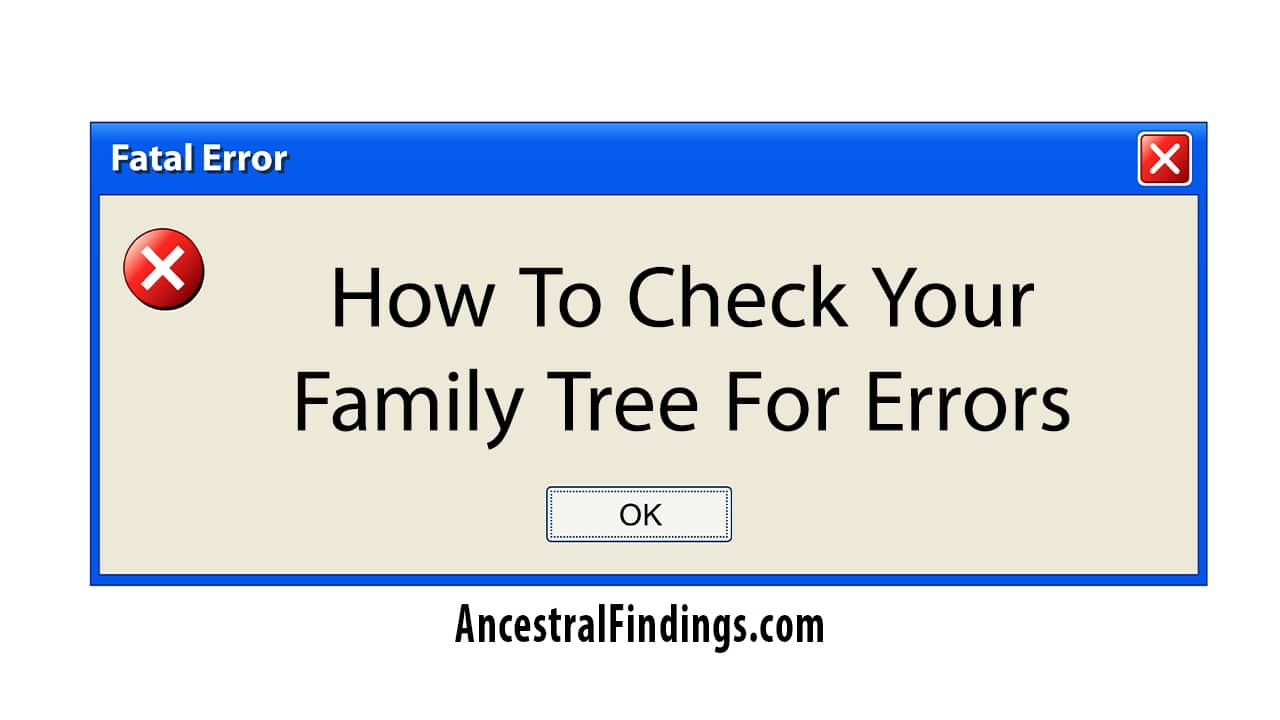The next type of DNA research you may want to do is mtDNA. This type of DNA study allows you to trace the direct female line of your family. It is a little bit tougher to add names to your family tree by using this type of DNA, as females change their surnames when they get married (or, at least, that has been the common practice for most civilized human history until recently). You can still get names in your list of genetic matches who, when you contact them or they contact you, can be placed in your family tree, possibly even helping you to discover a female ancestor’s hidden maiden name, when they let you know what their own maiden name was (assuming they are not currently going by it).
The DNA on your mom’s side of the family is called mtDNA, or mitochondrial DNA. It is handed down from women to both their sons and daughters, but only their daughters can pass it down to the next generation. Like the male-line Y-DNA, mtDNA groups are assigned a haplogroup of other mtDNA types that are believed to come from the same origin point in history. If you share mtDNA with someone, even if it is only a partial match on the individual strands within the DNA, you can be pretty sure that person is a part of your direct female line on a collateral line, with a distant shared ancestor, if you share the same haplogroup.
With this information, you can learn more about your often mysterious female ancestors. After all, they gave up their maiden names, and not many records were kept of them, so using DNA is the best way you have of making a sure match on the female line and discovering your unknown female ancestors.
Both Y-DNA and mtDNA have been used to solve crimes and unravel historical mysteries by proving relationships. The maternal mtDNA was famously used to identify the skeleton of the English King Richard III as definitely belonging to him. When archaeologists looked at present-day people they could compare DNA with to identify the skeleton definitively as Richard’s, they could not find any suitable male-line candidates, as most of the direct male lines of Richard’s had ended long ago, either by people not having children, or by them only having girls, who did not pass down the Y-DNA.
Yet, they did find that one of Richard’s sisters had an unbroken line of female descendants going down all the way from the mid-1400s to today. Since men inherit both the Y-DNA of their father and the mtDNA of their mom, but can only hand down the Y-DNA, archaeologists knew that the direct female line of Richard’s older sister, Ann of York, should have the same mtDNA as Richard, as Anne and Richard had the same mother and would both have her mtDNA. Sure enough, the modern-day descendants of Anne’s female line had mtDNA that matched Richard’s, proving it was him, thus identifying a previously lost English king to the modern world.






